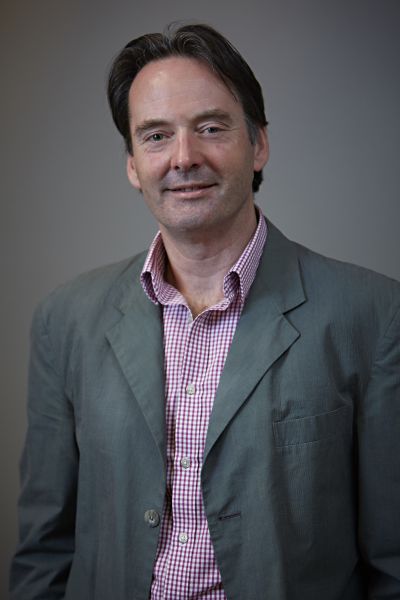Heal thyself – Monash University stem cell finding points the way to a faster repair of muscle-based injury and disease
Melbourne scientists have found the first direct evidence for a speculated stem-cell based mechanism of muscle repair, in work that could lead to longer, healthier lives for the elderly and muscular dystrophy sufferers.
The study, led by Professor Peter Currie, Director of the Australian Regenerative Medicine Institute (ARMI) at Monash University (Melbourne), could also lead to the faster recovery of damaged muscle in individuals who have experienced accident trauma and athletes with sports-related injuries.
Published in the latest edition of the prestigious US journal, Science, the work could deliver new treatments for muscle wasting, thought to play a fundamental role in accidents such as hip fracture in the elderly, said Professor Currie, who also heads the Melbourne node of the European Molecular Biology Laboratory (EMBL), based at Monash University. He said such accidents can have drastic consequences.

“Sarcopenia of the elderly, or the inevitable loss of skeletal muscle strength with age, has been a great mystery,” he said. “It contributes to chronic ill health and poor quality of life. Our work gives us an insight into how we may tackle muscle wasting to boost health among the elderly so that they can avoid being in and out of hospital for 20 years.”
The research could also point to new ways of treating muscular dystrophy, an incurable inherited disease that causes muscle loss, he added.
Professor Currie’s team observed how the zebrafish, a small tropical fish native to Southeast Asia, naturally regenerated dead or damaged skeletal muscle tissue. Scientists use the zebrafish as a model for human biology because it is fast-growing, is transparent through development, and shares many of its genes with humans. Using an imaging technique called confocal microscopy, cells involved in muscle repair were directly viewed for the first time in living muscle tissue.
The researchers focused on a select group of adult muscle stem cells, called satellite cells, which occur near mature muscle fibres and are usually dormant. Upon injury, however, projections on nearby uninjured fibres at the wound site captured the satellite cells. “When the muscle is damaged the satellite cells are lassoed and brought in to help by producing new, replacement cells,” Professor Currie explained.
Scientists have suspected a role for satellite cells in muscle repair, but the details of how they are activated and controlled have been sketchy – mainly because previous studies have been conducted in vitro (in a laboratory dish) and not in an intact animal. “This capture and activation has never been caught in action before,” Professor Currie said. “It could show how we might better stimulate the satellite cells in our own muscle.”
Now the team is turning its attention to “ways to juice up the action of satellite cells” in the hope of finding new therapies for sarcopenia, muscular dystrophy, trauma and sports injuries. “A significant finding is that the wound site itself plays a pivotal role in co-ordinating the repair of damaged tissue,” Professor Currie said. “If that response could be sped up, we are going to get better, or more timely, regeneration and healing.”
Information
Professor Peter Currie
Phone: + 61 (0)3 9902 9602
Mobile +61 (0)414 138 005
Email peter.currie@monash.edu
Media Contact: Michelle Gallaher
Mobile: +61 (0)417 784 856
Email michelle@thesocialscience.com.au
